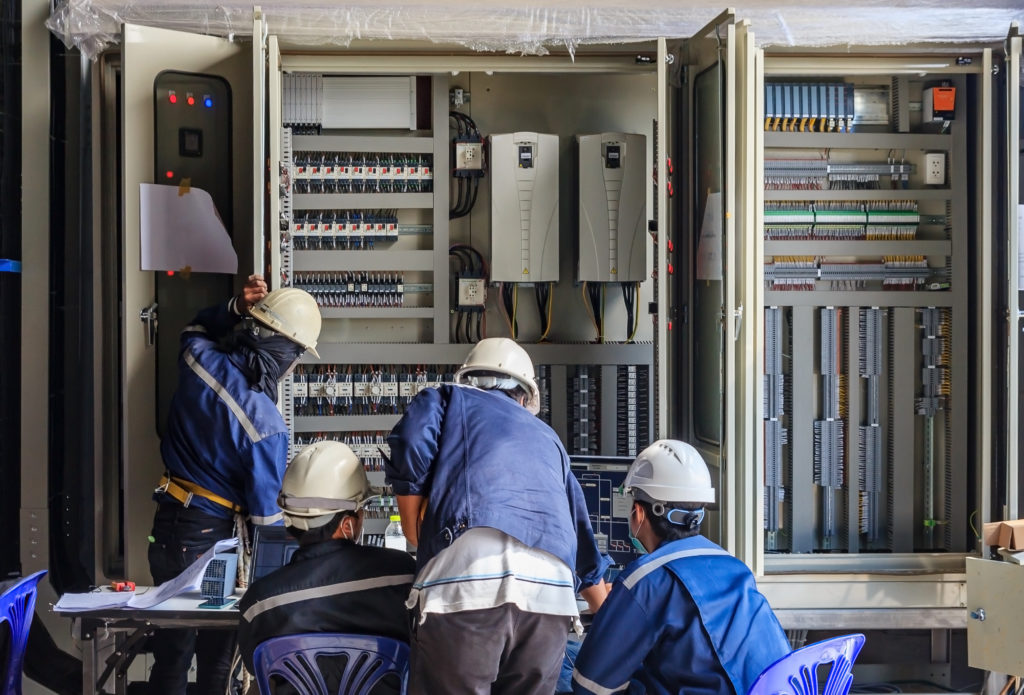Your programmable logic controllers (PLC) are critical to the smooth operation of your factory. That’s why it’s very important that they are up and running at peak efficiency every day. If any part of your PLC goes down, you may need to repair it or at least replace a part or two to sustain PLC functioning. One of the most important ways to keep up with a PLC system is with regular maintenance.
Manufacturers make programmable logic controllers knowing that factories are going to use them in harsh environments in many situations. They do not build PLCs with the expectation that they are going to be used in sterile clean rooms, unaffected by the outside world. Thus, PLCs are durable and can stand up to factory use, but your goal should be to extend the timeframe for that use before a problem arises. The right maintenance plan is the best way to do that.
PLC maintenance tasks can be tedious, but they can save you tremendous headaches and a fortune in repair bills and downtime. Here are some programmable logic controller maintenance tips for how to maintain a PLC.
Make Sure the Power Is Flowing
Your PLC isn’t going to work right with intermittent power. As part of regular maintenance, you should be sure to maintain your power sources, inspecting each one for any shorts or surges. It’s a good idea to have backup power sources in place so you can replace one that has failed without any interruption of service.
Calibrate Analog Components
The manufacturer of your PLC should provide a schedule for preventative maintenance for your analog input devices. Follow this schedule and make sure you keep your analog inputs clean and calibrated accurately. Analog input problems crop up more often than you might think.
Keep Your PLC Insulated Against Airborne Debris
You probably try to keep your factory as clean as possible, but you cannot avoid much of the debris that ends up floating around during regular operation. These can include both corrosive and conductive contaminants that can systematically degrade the components of your PLC.
Do your best to keep potential airborne contaminants away from your PLC and perform regular visual inspections for signs like black dust. Use canned air to blow airborne debris away from the system when necessary.
Be Wary of EMI (Electromagnetic Interference)
EMI can cause massive problems for PLCs and it can be tough to identify what the issue is. Ideally, you should do an audit of the local wiring to find possible EMI sources before they mess with your PLC. The design of your wiring should take into account that high-current wires can severely interfere with lower-level components.
If you’ve checked everything on your PLC and you’re still getting static-filled communication or analog signals bouncing around everywhere, look for possible EMI sources as the culprit.
Additional PLC Maintenance Tips
It can be a good idea for you to create a PLC maintenance checklist along with a schedule which assigns specific personnel to handling said maintenance on specific days. This will make sure your PLC gets all the maintenance it needs, which should keep it up and running for a long time.
In addition to the above, don’t forget to keep the PLC close to the machine it will be controlling and make sure environmental conditions like noise, temperature and humidity are as favorable as possible given the factory environment.
If your PLC should go down and is clearly in need of repair, you need to take care of it quickly. Call Global Electronic Services at 877-249-1701 or contact us online for fast and affordable PLC repair that will have you back up and running as fast as possible.

Nice Information
Nice Information, Thanks For Sharing
shorturl.at/cdQZ8
Nice Blog thanks for sharing with us